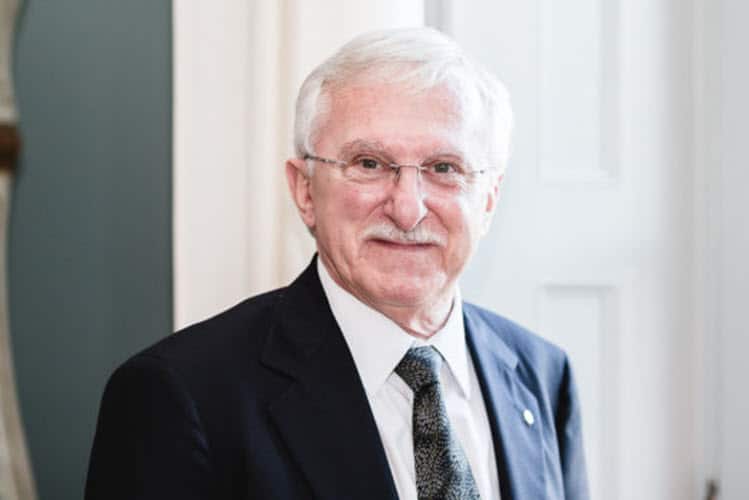Paul Lawrence Modrich is an American biochemist. In 2015, he was awarded the Nobel Prize in Chemistry.
Life and Career
He was born on 13 June 1946 in Raton, New Mexico, United States. He pursued his undergraduate studies at the Massachusetts Institute of Technology (MIT), where he earned a Bachelor of Science degree in Chemistry in 1968. His insatiable thirst for knowledge led him to Stanford University, where he completed his Ph.D. in 1973, specializing in biochemistry.
After completing his doctoral studies, Modrich embarked on a career path that would revolutionize the field of DNA repair and earn him global recognition.
He joined the faculty of Duke University in 1976, where he began his groundbreaking research on the mechanisms of DNA mismatch repair.
His pioneering work shed light on the intricate processes that maintain the integrity of DNA, paving the way for a deeper understanding of genetic stability and its implications for human health. His research focused on elucidating the intricate enzymatic pathways involved in the repair of DNA damage, particularly the repair of mismatched base pairs.
Throughout his career, Modrich has demonstrated a remarkable dedication to advancing scientific knowledge and fostering collaboration within the scientific community. He has authored numerous influential publications, sharing his findings and insights with researchers around the globe.
Additionally, Modrich has played an active role in mentoring and nurturing young scientists, shaping the next generation of researchers and innovators. His passion for science and commitment to excellence have inspired countless individuals to pursue careers in molecular biology and biochemistry.
Award and Legacy
In 2015, he was awarded the Nobel Prize in Chemistry for his groundbreaking research on DNA repair mechanisms.
His legacy extends far beyond the laboratory. His groundbreaking research has earned him widespread acclaim and recognition, his work is far from over. He continues to be actively engaged in scientific pursuits, furthering our understanding of DNA repair mechanisms and their implications for human health.
His work has opened new avenues for cancer research, as defects in DNA repair mechanisms are implicated in the development of various types of cancer. His discoveries have also provided crucial insights into the mechanisms underlying genetic diseases and the aging process.

